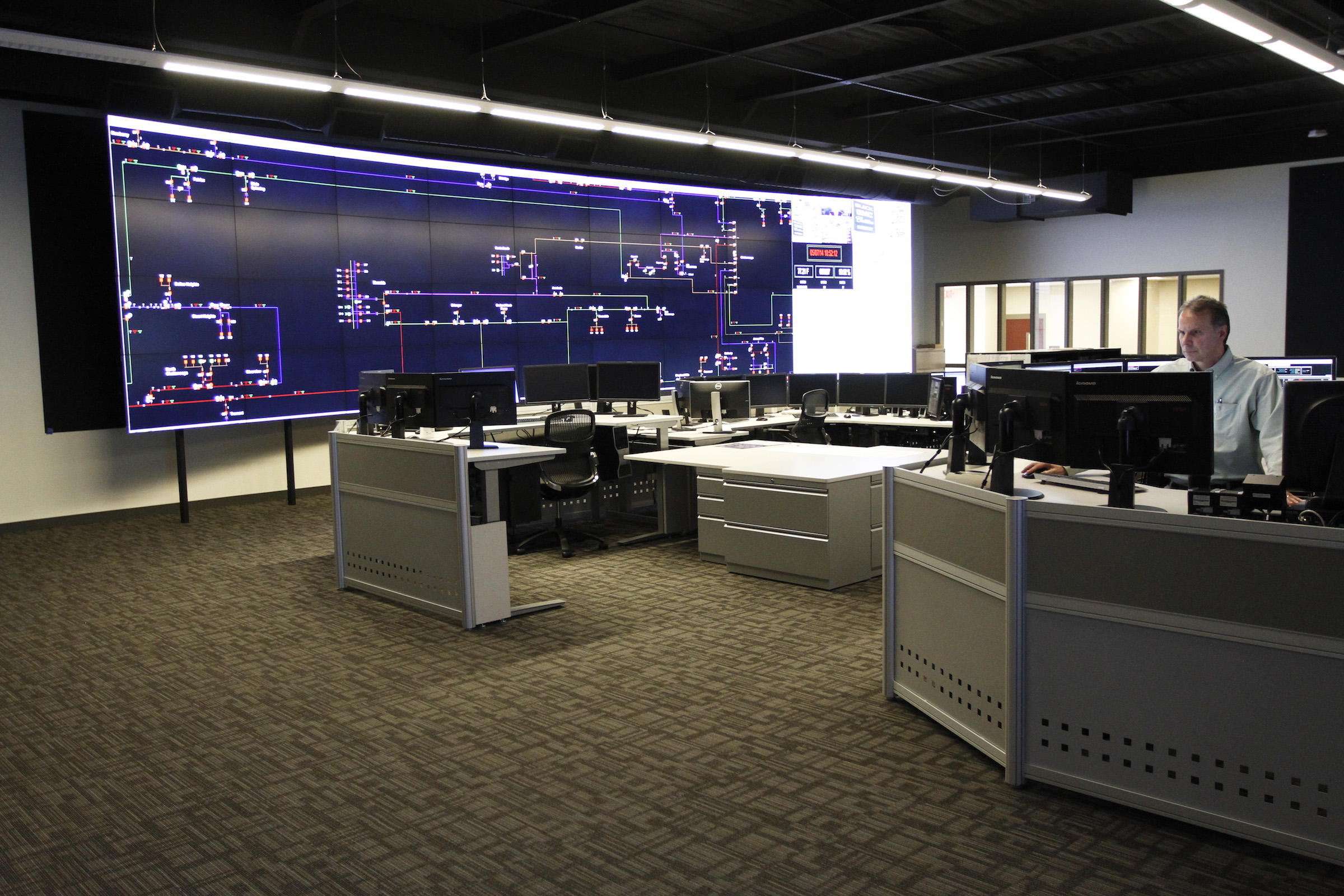When EPB launched its Internet, video and phone services a decade ago in conjunction with efforts to build a smarter electric grid, the city-owned utility projected it would speed internet service and attract about 30,000 to 35,000 customers for its telecom services.
The fiber optic network quickly exceeded those expectations, drawing more than 105,000 paying subscribers for its service and boosting speeds more than 200 times faster than the standard broadband connection with 10 Gig service across its 600-square-mile area. But more than just being a successful business venture offering faster video and gaming downloads, the $226.8 million investment EPB launched in 2009 on fiber optic technology has helped to transform EPB and the city it serves.
By boasting the fastest citywide internet service in the Western Hemisphere with Gig service in 2010 and 10 Gig service by 2015, EPB secured Chattanooga's claim as "the Gig City" and has helped anchor the Innovation District, with many businesses developed or drawn to Chattanooga by the fast internet links. High-speed connections from EPB helped attract and grow such online startups as the moving service Bellhops, the code builder and development platform builder Skuid, the online counseling service WeCounsel and the global ship security startup International Maritime Security Associates to Chattanooga.
"The fiber optic infrastructure in Chattanooga has already brought tremendous value to the community," says University of Tennessee at Chattanooga Economist Bento Lobo, who estimates EPB's fiber optic network generated $1.3 billion of community benefits in its first five years. "I expect that we are likely to benefit even more in the future as the need for greater bandwidth and cyber security increases," Lobo says.
With its ties to the world's fastest computer just 100 miles away at the Oak Ridge National Laboratory (ORNL) - currently the Summit supercomputer and by 2021 an even faster Frontier supercomputer - Chattanooga also has rich research potential to do far more in energy, transportation, medicine and education.
"I think we have only uncovered the tip of the iceberg of innovation in terms of what we have the capability of doing," EPB Chairman Warren Logan says. In the years ahead, planners will continue to build on the progress the Gig has delivered.
* Building efficiency: Buildings use 40 percent of America's primary energy and 75 percent of its electricity, which can jump to 80 percent when a majority of the population is at home using heating or cooling systems during hot summer or cold winter months. The U.S. Department of Energy's Building Technologies Office has teamed up with EPB and is using its smart grid to profile all 178,368 homes and businesses served by EPB to assess their energy use and develop recommendations for improvements.
Joshua New, research development senior staff member at ORNL, said the goal is to cut energy use per square foot of U.S. buildings by 30% by 2030. Nationwide, there are 125 million buildings with $395 billion in energy bills.
* Improve transportation, urban life: The Center for Urban Informatics and Progress at the University of Tennessee at Chattanooga is already using EPB's high-speed internet connections to gather and analyze transportation patterns and behaviors gathered from traffic cameras on M.L. King Boulevard to model solutions to traffic jams and even urban street designs. The goal of the center and its research as part of the Chattanooga Smart Community Collaborative is to "directly or indirectly improve citizens' lives and create an urban environment that is livable, accessible and healthy for all," according to center director Mina Sartipi.
* Power reliability: EPB estimates its fiber-optic-based smart grid has already cut power outages by 55% by providing better detection of potential electricity delivery problems and more quickly rerouting power. Oak Ridge lab researchers are exploring new technologies for greater power reliance and the creation of its own micro grid using new solar generation and battery storage capabilities. EPB participated in part of eight projects in DOE's initial Grid Modernization consortium program over the past four years and will share in part of a new $80 million second phase of the program with participation in another three research projects.
* Telemedicine: Gig connections will allow not only more health care providers to assess and handle medical needs at home but also will allow more patients or remote medical offices to connect via the phone or web with major hospitals or treatment centers to both send and receive health information.

